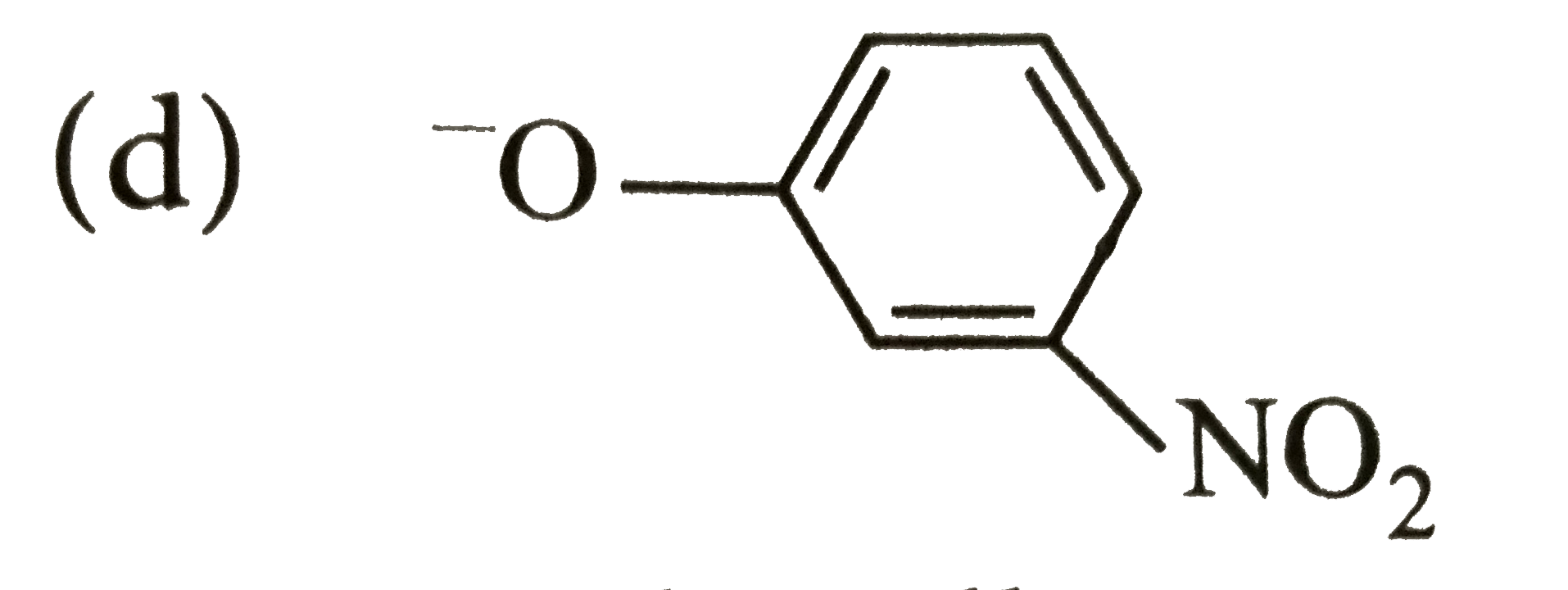Which of the following compounds/ions can act as bronsted acid as well as a bronsted base?
HCO−3
K2CO3
H2SO4
H2PO−4
The correct Answer is:A,D
To determine which of the given compounds or ions can act as both a Brønsted acid and a Brønsted base, we need to analyze each option based on their ability to donate and accept protons (H⁺ ions).
1. Understanding Brønsted Acids and Bases:
- A Brønsted acid is a substance that donates a proton (H⁺).
- A Brønsted base is a substance that accepts a proton (H⁺).
2. Analyzing Each Compound/Ion:
- Option 1: HCO₃⁻ (Bicarbonate Ion):
- As a Brønsted base: It can accept a proton to form H₂CO₃ (carbonic acid).
HCO−3+H+→H2CO3
- As a Brønsted acid: It can donate a proton to form CO₃²⁻ (carbonate ion).
HCO−3→CO2−3+H+
- Conclusion: HCO₃⁻ can act as both a Brønsted acid and a Brønsted base.
- Option 2: K₂CO₃ (Potassium Carbonate):
- As a Brønsted base: It can accept a proton to form KHCO₃ (potassium bicarbonate).
K2CO3+H+→KHCO3+K+
- As a Brønsted acid: It does not have any protons to donate.
- Conclusion: K₂CO₃ cannot act as a Brønsted acid.
- Option 3: H₂SO₄ (Sulfuric Acid):
- As a Brønsted acid: It can donate a proton to form HSO₄⁻ (hydrogen sulfate).
H2SO4→HSO−4+H+
- As a Brønsted base: It cannot accept a proton as it does not have any basic sites.
- Conclusion: H₂SO₄ cannot act as a Brønsted base.
- Option 4: H₂PO₄⁻ (Dihydrogen Phosphate Ion):
- As a Brønsted base: It can accept a proton to form H₃PO₄ (phosphoric acid).
H2PO−4+H+→H3PO4
- As a Brønsted acid: It can donate a proton to form HPO₄²⁻ (hydrogen phosphate).
H2PO−4→HPO2−4+H+
- Conclusion: H₂PO₄⁻ can act as both a Brønsted acid and a Brønsted base.
3. Final Answer:
- The compounds that can act as both Brønsted acids and Brønsted bases are:
- HCO₃⁻ (Bicarbonate Ion)
- H₂PO₄⁻ (Dihydrogen Phosphate Ion)
Summary of Results:
- Correct Options: HCO₃⁻ and H₂PO₄⁻
- A Brønsted acid is a substance that donates a proton (H⁺).
- A Brønsted base is a substance that accepts a proton (H⁺).
- Option 1: HCO₃⁻ (Bicarbonate Ion):
- As a Brønsted base: It can accept a proton to form H₂CO₃ (carbonic acid).
HCO−3+H+→H2CO3
- As a Brønsted acid: It can donate a proton to form CO₃²⁻ (carbonate ion).
HCO−3→CO2−3+H+
- Conclusion: HCO₃⁻ can act as both a Brønsted acid and a Brønsted base.
- As a Brønsted base: It can accept a proton to form KHCO₃ (potassium bicarbonate).
K2CO3+H+→KHCO3+K+
- As a Brønsted acid: It does not have any protons to donate.
- Conclusion: K₂CO₃ cannot act as a Brønsted acid.
- As a Brønsted acid: It can donate a proton to form HSO₄⁻ (hydrogen sulfate).
H2SO4→HSO−4+H+
- As a Brønsted base: It cannot accept a proton as it does not have any basic sites.
- Conclusion: H₂SO₄ cannot act as a Brønsted base.
- As a Brønsted base: It can accept a proton to form H₃PO₄ (phosphoric acid).
H2PO−4+H+→H3PO4
- As a Brønsted acid: It can donate a proton to form HPO₄²⁻ (hydrogen phosphate).
H2PO−4→HPO2−4+H+
- Conclusion: H₂PO₄⁻ can act as both a Brønsted acid and a Brønsted base.
- The compounds that can act as both Brønsted acids and Brønsted bases are:
- HCO₃⁻ (Bicarbonate Ion)
- H₂PO₄⁻ (Dihydrogen Phosphate Ion)
- Correct Options: HCO₃⁻ and H₂PO₄⁻
Similar Questions
Knowledge Check
Which of the following species can act both as an acid as well as a base ?
ASO2−4BHSO−4CPO3−4DOH−Which of the following species can act as the strongest base ?
A−OHBORCOC6H5D
Which of the following compounds can react with base to form salt?
A B
B C
C D
D
Which of the following compounds is the weakest Bronsted base?
View SolutionWhich of the following can act as Lowry-Bronsted acid as well as base?
View SolutionWhich of the following compounds can form a Zwitter ion ?
View SolutionWhich of the following can not act as a bronsted base?
View SolutionWhich of the following species can act as the strongest base ?
View Solution
